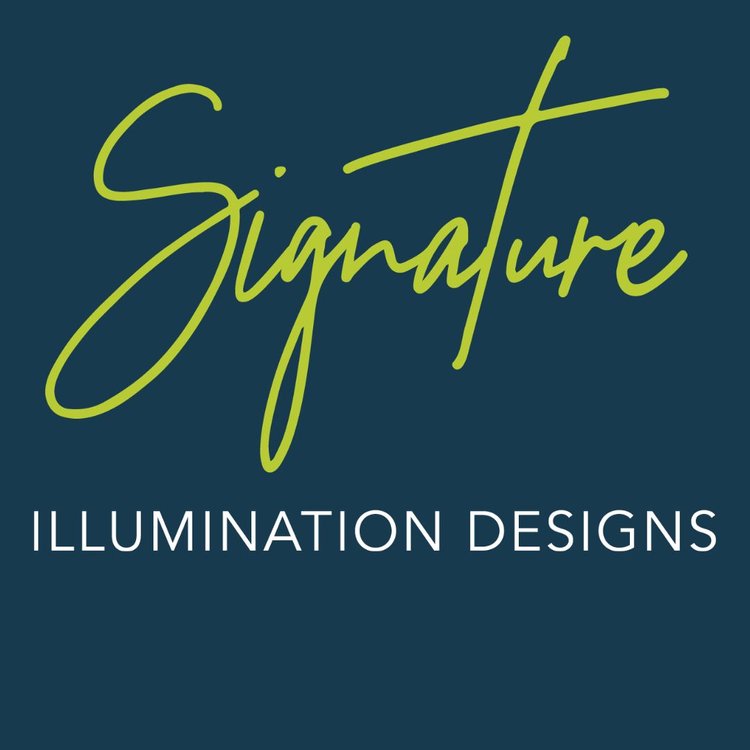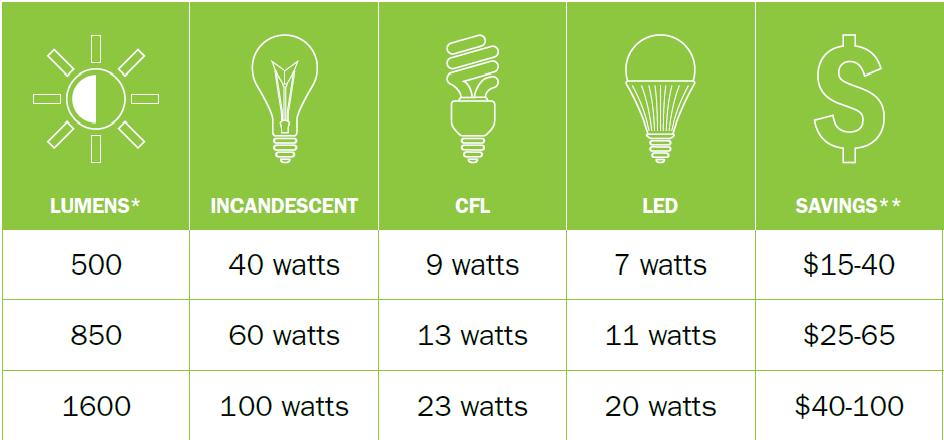Since the invention of the light bulb in the 19th century, the lighting industry has made some important technological advancements. Lighting technology has evolved to meet the changing demands of consumer culture, to become more energy-efficient, longer-lasting, and more customizable. Perhaps one of the greatest evolutions in lighting is the light emitting diode (LED) light invented in 1962.
Traditional incandescent or halogen light bulbs create light by using a filament that generates heat and glows when power is applied, while LED lights do the opposite. LED lights create light through a cold process where power is applied to semiconductors to create photons that humans can see.
Aside from the scientific process of how light is generated, LEDs have benefits not available in traditional lighting sources.
Energy efficient: Offering more lumens per watt, LEDs use about 50 percent less electricity than incandescent or halogen lights. Not only is this better for the environment, but it’s also more cost efficient.
Long lifespan: LEDs can last up to 50,000 hours. Unlike traditional lights that burn out, LED lights merely dim over time.
Environmentally safe: Traditional lighting solutions like fluorescent or mercury vapor lights contain mercury inside the bulb and can emit harmful gases, thus they require special handling at the end of the product’s useful lifespan. LEDs do not have these environmental issues.
Durability: Instead of glass, LEDs are manufactured with plastic and other durable materials, enabling them to absorb shock and withstand harsher conditions.
Flexibility: Given their durability, LEDs can be used in a wide range of environments. From indoor lighting to street lighting, motion sensors, string lights and security lighting, LEDs are so compact and strong that they can be used in nearly any application.
Color rendering ability: Color rendering refers to a light’s ability to reveal the actual color of objects, and LEDs have a high score on the color rendering index. Additionally, LED lights can be purchased in a range of color temperatures to create a warm, yellow glow, a cool, white light, and a variety of other color options.
Instant on: LEDs don’t need time to warm up and increase in brightness, the bulbs are able to light up to full brightness immediately when power is applied.
Dimming capabilities: Due to being semiconductor devices, LED lights are naturally cooperative with controls that enable them to be seamlessly dimmed.
Operates well in all temperatures: Unlike fluorescent lights that need heat to be illuminated, LEDs are highly efficient in the cold. Additionally, since they don’t get extremely hot, LEDs don’t lose energy in warm weather due to excessive heat.
Reduces bug infestation: The use of LED bulbs over incandescent reduces bug infestation because LEDs emit less ultraviolet light or infrared radiation, which attracts bugs.
Moreover, we believe LED lights are the most environmentally responsible and sustainable lighting technology available. That’s why we design innovative LED lighting solutions and encourage our customers to be more eco-sensitive with LEDs for every lighting application. We partner with the most cutting-edge manufacturers to offer a full line of LED solutions.
If you have exterior lighting, but it was installed several years ago, we will work with you to upgrade your system to longer lasting, energy efficient LED lights. You’ll be doing the environment a favor, reducing maintenance cycles and also saving on your electricity bill.
Contact us to schedule a complimentary consultation so we can assess the LED possibilities for your property or building site.

